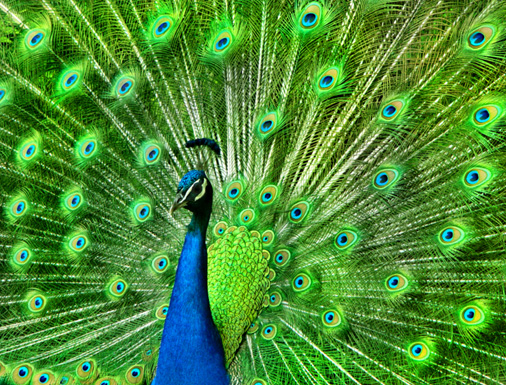Darwin's Predictions

Sexual selection also drives evolution.
The peacock posed an enigma to Darwin. How could its extravagant tail feathers have come about? How do they aid in the "survival of the fittest" (a phrase coined by the philosopher Herbert Spencer)? Darwin proposed an answer in his book Descent of Man, in which he introduced a novel concept—sexual selection, the critical role that the opposite sex plays in the evolution of traits. Over time, Darwin believed, peahen choices about which peacocks constituted the finest mates could have led to the males' absurdly ostentatious tails. In the 1990s, biologist Marion Petrie of the University of Newcastle-upon-Tyne showed Darwin's hunch to be true. On average, peacocks have 150 "eyes" on their tails. By clipping off just a few of those eyes, Petrie found he could significantly reduce a male's chances of mating; males with fewer than 130 eyes rarely mated at all. Petrie reasoned that the healthier a peacock was, the more he could invest in the production of eyes—something that peahens clearly saw for themselves.